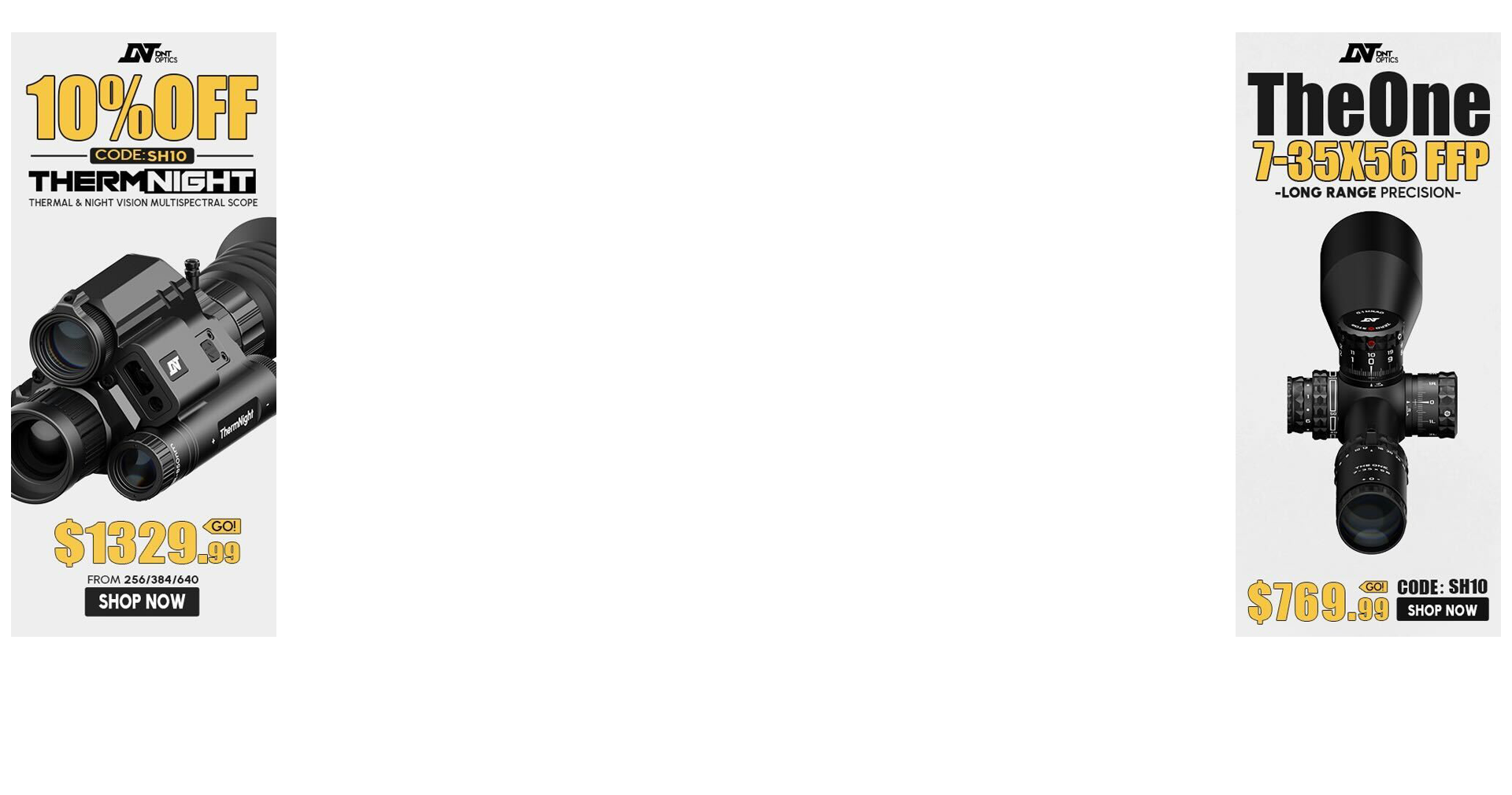Re: Handgun Help
<div class="ubbcode-block"><div class="ubbcode-header">Originally Posted By: Jim D</div><div class="ubbcode-body"><div class="ubbcode-block"><div class="ubbcode-header">Originally Posted By: tullius</div><div class="ubbcode-body">Sure dude, that chart's bogus, fer shure man..
</div></div>
Look at how many of those actions are done totally unconsciously. How do you stop doing something you don't even realize you're doing?
If I take a new shooter (and I have) and tell them to stop heeling the gun...do you think that just because they were told to stop doing something they're not trying to do, that they will?
I don't think so.
The shooter has to be able to see their sights move (not shutting their eyes, not shifting their focus downrange, etc) they have to be able to get to the "surprise break" before they can observe their sights moving. Once you can observe your sights moving, it's not all that hard to correct the issue, yourself.
Can you explain how you disagree? </div></div>
I think the word you are so desperately grasping for is SUB consciously, unconscious would be, well, unsafe to say the least. You, as the iinstructor, have to watch the actual trigger squeeze and the resultant round strike. You have to turn the SUBconscious task into a conscious task until you reprogram the muscle memory. Then you let it become subconscious. Tiger Woods has rebuilt his stroke 5 times in his career. He uses the same process.
You have to do more than tell them to stop healing the gun, you have to break the task down into repeatable subtasks, like the steps in your draw stroke, your trigger stroke is no different. Some shooters get it verbally, sometimes you have to hold their hands in the right position so they can "feel" what is right vs what is wrong.
Calling a shot is difficult to go, something I would not expect a new shooter to be able to do.
At least this is what I read on the Internet, so it must be true.




